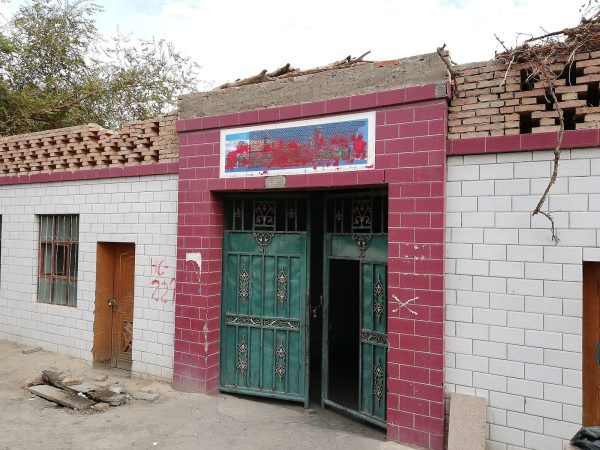Tropical Cyclone Pam
It is cyclone season in Australia, and a small island off of the coast of Australia known as Vanuatu has been struck. This cyclone has caused mass panic and major destruction throughout the island and nearby islands such as Tuvalu, Kiribati, and the Solomon Islands.
Vanuatu, a small island that is made up of more than eighty islands in the Pacific Ocean off the coast of Australia, has two hundred seventy thousand residents. Vanuatu’s economy is based on small-scale agriculture, fishing, offshore financial services, and tourism. Many boats, fields and homes were damaged by the cyclone. Because of the damaged fields, Vanuatu is facing food shortages for those who survived.
Scientists and meteorologists are tracking Cyclone Pam and four others, and they find this rare. The others include Cyclone Olwyn in western Australia, Cyclone Nathan made a turn in the Coral Sea, and Tropical Storm Bavi in eastern Guam. Two cyclones in the same basin is common, but four at the same time has only happened twice.
There are four at once is because areas close to the equator do not get cold fronts, and so countries like Vanuatu receive a 30-60 day wet/dry cycle. This cycle caused the simultaneous tropical storms with strong winds, clouds, and thunderstorms.
Reports of injuries and death due to Cyclone Pam has reported that she has killed six people and injured twenty in the capital, Port Vila. Organizations such as the Red Cross, Save the Children, and the U.N. Office for the Coordination of Humanitarian Affairs are still aiding in the cleanup and searches for missing survivors as well as evacuation of the remaining citizens. Australia’s Queensland state government has offered to help restore electricity in the region.
Satellites showed that Cyclone Pam reached wind speeds of two hundred seventy kilometers per hour, combined with low pressure at the eye of the storm rated the cyclone as a category five. As it continues on a path of destruction, scientists debate whether it should be rated as a category six, giving it the nickname “super cyclone.”











